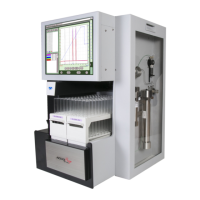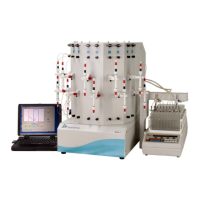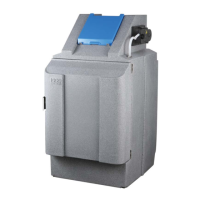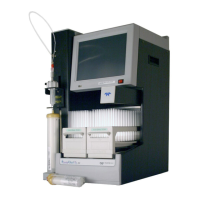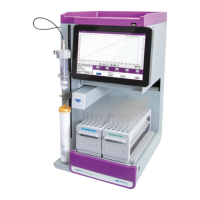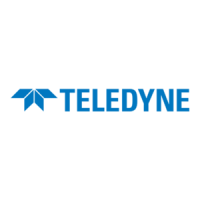How to fix Teledyne ACCQPrep HP125 ACCQPrep when it won't turn on?
- CCheryl ChristianAug 12, 2025
If the ACCQPrep won’t turn on using the front panel power switch, first ensure the power cord is connected. Next, verify that the rear panel circuit breaker is in the “1” position, switching it off and then back on to reset it. Finally, ensure the lab power connection has power.
